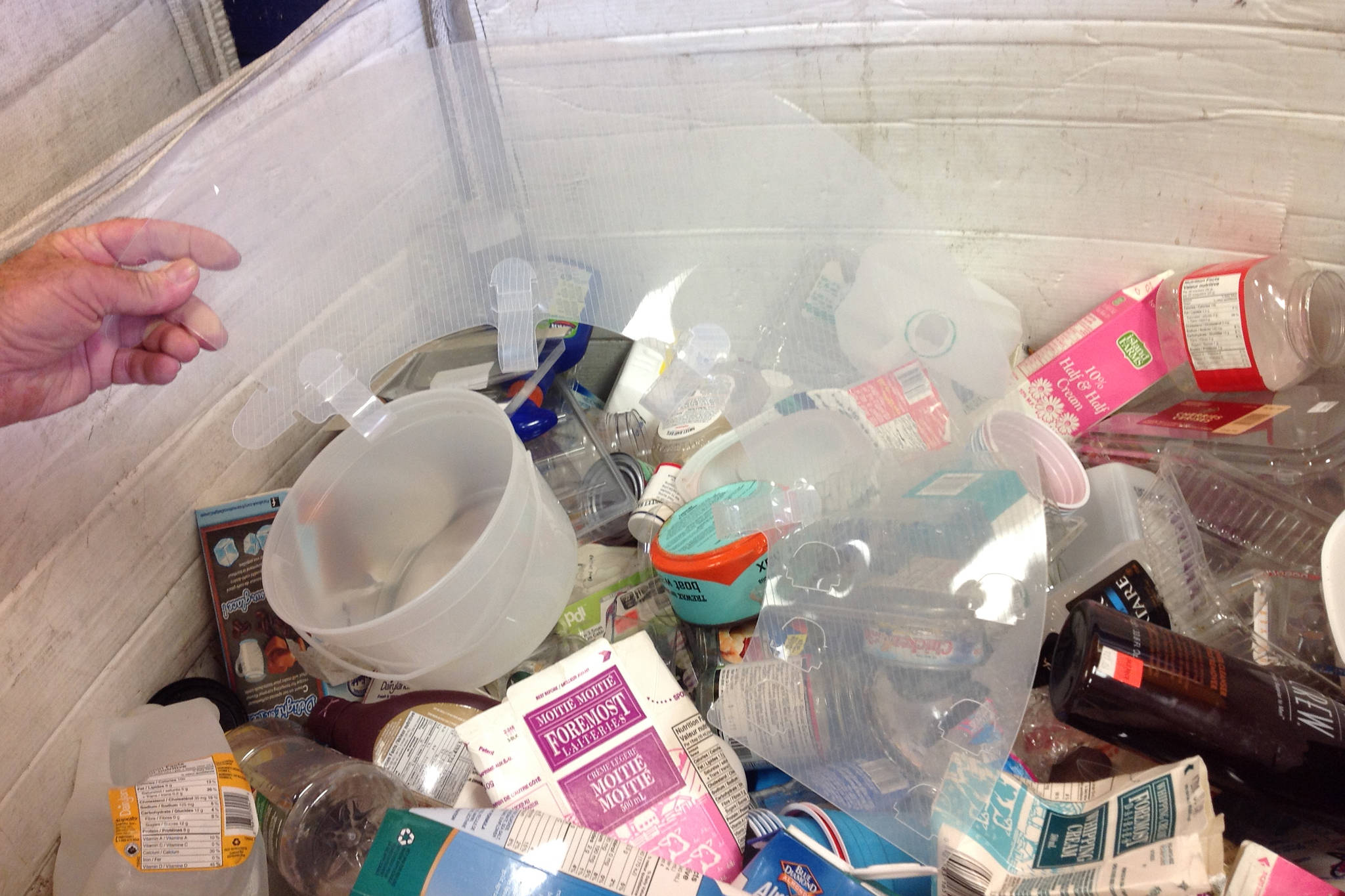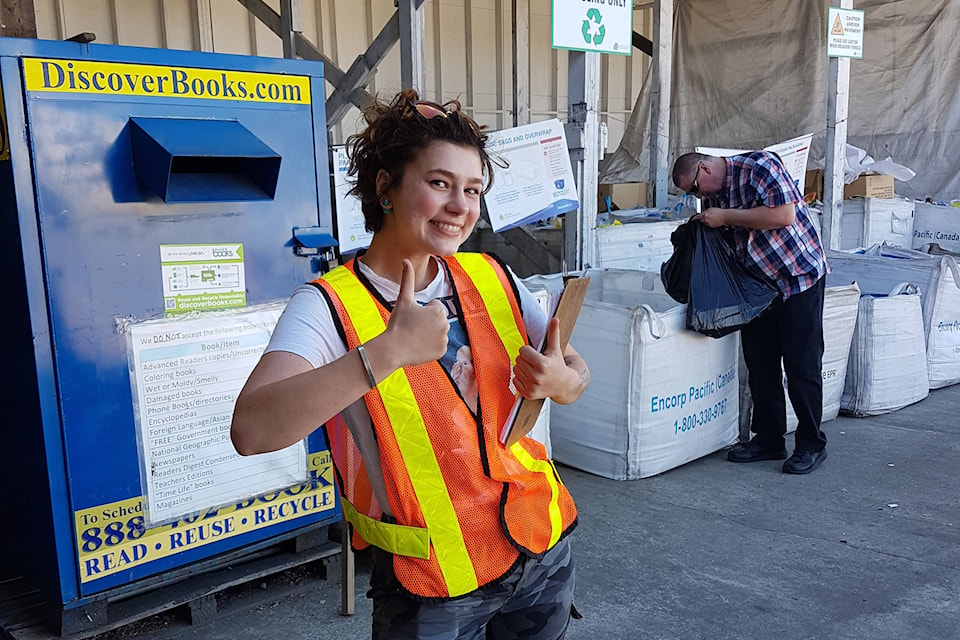When you look at what’s filling your shelves, cupboards and closets, a lot might fall into one of two categories: Plastic and glass.
But when it comes time to recycle those products and containers at the end of their useful life, those two categories suddenly become a lot more involved. Here’s why:
Plastics include a wide range of materials with very different properties and uses. About a decade ago, the numbers 1 to 7 inside a recycling symbol quickly indicated whether a particular plastic was recyclable, explains Jenny Brunn, Manager of Operations, Alberni-Clayoquot Regional District.
Today, there’s more to it than that and the only way to tell if a plastic is recyclable is to check the list online at Recycle BC.
Why might a plastic product not make the list?
- It’s not packaging, but a product, like plastic cutlery, straws, toys or furniture.
- It’s a laminate, meaning plastic films are fused together, such as Ziploc bags, stand-up pouches for frozen food, or hard, crinkly plastics. However, here in the Alberni Valley, these are now collected for a pilot “waste to energy” program, accepted at the 3rd Avenue Recycling Depot and Alberni Valley Landfill Recycling Depot, Brunn says.
- It’s a material that cannot currently be processed, such as toys, garden hoses, lawn furniture, kitchen tools or storage containers.
What plastics are welcome in your curb-side recycling?
Product packaging is the most common plastic item accepted in your curb-side recycling. There are limitations though. Plastics need to be sorted in a materials sorting facility without clogging the sorting machinery or breaking and contaminating the rest of the materials. Plastic bags and over wrap clog the sorting machinery, while foam plastics break easily and contaminate everything else, Brunn explains.
But what about glass?
On the surface, recycling glass might seem clear, but it’s actually more complex than the single word indicates.
Jars containing products sold on the shelf have a different chemical composition and melting point than drinking glasses, oven-ware or window panes. That means that only glass jars that contained products are currently recyclable at depots.
The great news is that sorting out what can go where is easy at the Recycle BC website — check out what can go curb-side and what’s welcome at Recycle BC depots.
You can also learn more about recycling services specific to the Alberni Valley on the district website.

